Diffusion tensor imaging and tractography of the cisternal and intradural segment of the trigeminal nerve
Patient Data
MRI Tractography
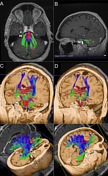
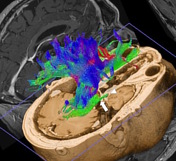
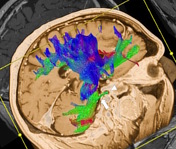
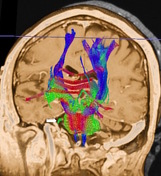

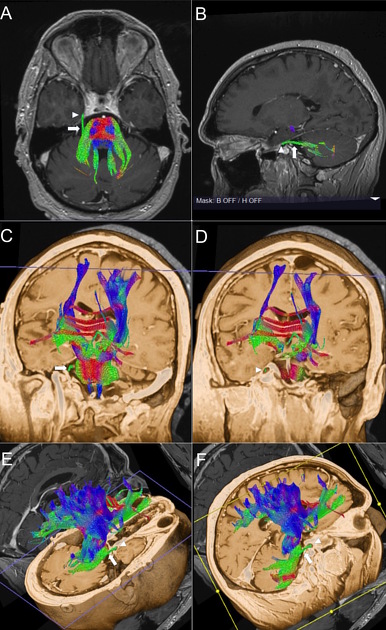
Figure A and B showing diffusion tensor imaging (DTI) with anatomical overly on gadolinium enhanced MPRAGE depict the cisternal (arrow) and intradural (arrow head) segments of the trigeminal nerve in green color. Figure C-F: Tractography showing the normal pathway of the cisternal segment of the trigeminal nerve (arrow) coursing through the pre-pontine cistern into the Meckel's cave.
The 3-D orientation of the major eigenvector was color coded per voxel according to convention with red indicating the transverse (x-element), green indicating the anteroposterior (y-element), and blue indicating the craniocaudal (z-element) orientation.
Post processing performed on the syngo. MR Neuro 3D software.




 Unable to process the form. Check for errors and try again.
Unable to process the form. Check for errors and try again.